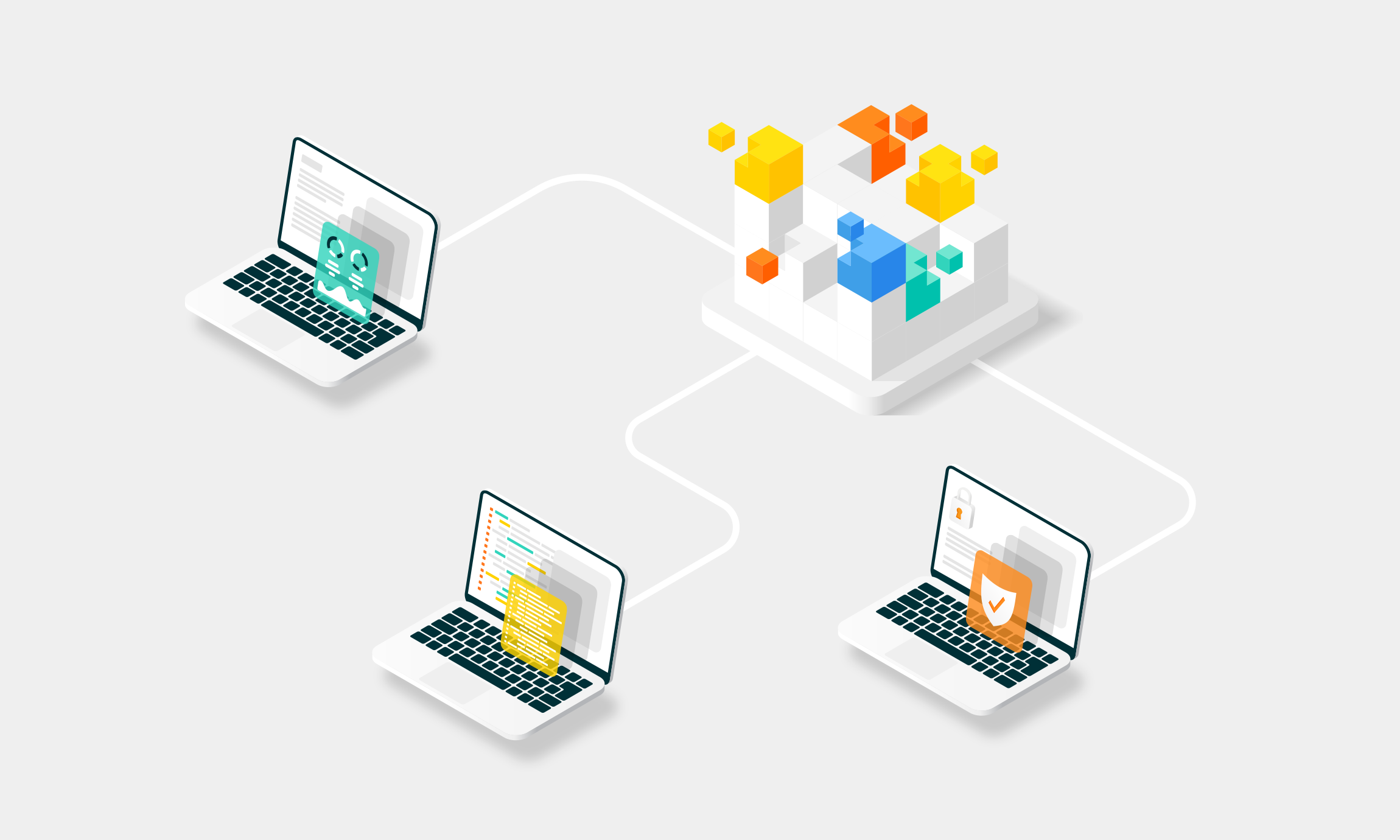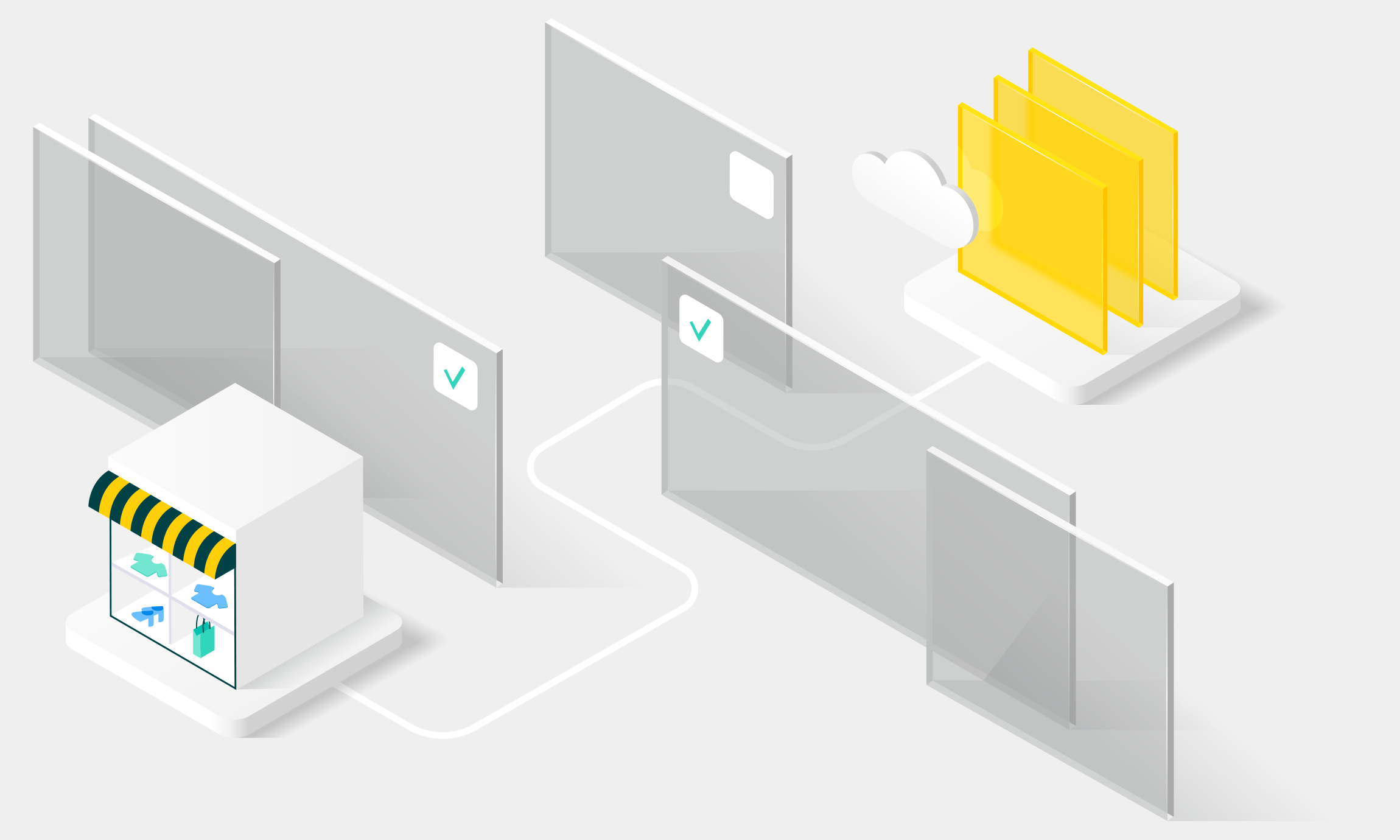
Have you ever wondered why the API economy is booming in today's digital age? As businesses navigate the complexities of interconnected hardware, artificial intelligence and innovative technologies, the API-first software development strategy has emerged as a game-changer. Prioritizing API development before diving into the application itself, this approach not only streamlines the development process but also unlocks unparalleled benefits.
Explore how companies are reaping the rewards of an API-first approach, ensuring versatility, developer-friendliness and a robust foundation for future growth.

The past few years have seen rapid growth in the API economy. The boom in the development of interconnected hardware, artificial intelligence and other impressive pieces of technology bear testament to how vital APIs are, and how much more important they will become in the near future.
In the past, companies would first develop a data-rich application without considering the needs of external developers. Only after creating the application would they decide to provide a way for developers to access the data through an API (application programming interface). Essentially, the API was an afterthought, added as an additional feature to allow third-party developers to interact with the application's data and functionalities. This traditional approach did not prioritize the API's design and usability for external developers, and it often led to APIs that were not well-optimized or user-friendly.
However, in the past few years, there has been a gradual shift in the approach companies use in mobile and web development with more and more companies opting for what is called an API-first software development strategy, which has a lot of advantages and potential benefits, as well as challenges to be aware of.
What is API-first software development?
Many companies used to consider building an API for their website, web apps or mobile apps as a side project for third-party developers or for integration. In most cases, the API and the app were considered two separate channels. However, those companies soon realized that approach resulted in a poorly tested and badly put together artificial API. To curb this problem, a better approach was developed: Build an API first, then build the web or mobile app on top of it. By doing this, you end up with a more versatile and well-built API, which can then be used as a framework for a more practical and developer-friendly application.
Basically, API-first software development means building an API based on the developer’s interests first before building the project on top of it. An API-first approach is applicable for website development, mobile and web applications, as well as SaaS software. The strategy not only helps you save a lot of time and effort on your project but also lays a solid foundation on which others can build.
The task of building a cloud-native application is more than a single-person project: It begins with checking your codes and then moving into the repository and developing services that will interact with the code. Multiple teams will have to work on your project both on the frontend and backend, all of them building horizontally dependent services. With all your teams working at different paces, a lack of discipline and a guiding framework can cause integration failures in the long run.
However, with an API-first software development approach, your teams can work hand-in-hand with each other without getting in the way or tampering with the apps’ internal development scheme, thus reducing the possibility of failures. More so, the API-first strategy works for less complicated development ecosystems as well.

Benefits of an API-first strategy
When deciding to build an API, some critical questions need to be answered as an integral part of the planning phase of the project. To start, you have to establish the rationale behind building an API in the first place, you need to identify who the target audience is for your project and what vision you have in place for it. With all of these points established during the planning stage, you also need to consider the benefits of starting your software development with an API-first strategy before going into the design phase and creating the API’s architectural framework.
Advantages of an API-first design:
Easy API and app creation: Allows stakeholders to collaborate on a well-planned API before building the application, resulting in a flexible development process that aligns with stakeholder needs.
Consistency across platforms: A single app built on the API layer can efficiently serve different applications on various platforms, ensuring high-end cross-compatibility and easy maintenance.
Descriptive documentation: Enables the creation of clear and comprehensive documentation, making the API easily understandable to stakeholders and facilitating the exploration of its functionalities.
Adaptability to change: Decoupling the app implementation from API development in an API-first approach allows for greater flexibility and growth, making it easier to adapt to changes and avoid system-breaking modifications.
Standalone APIs: API-first companies demonstrate the significance of APIs, with some successful businesses offering APIs as their sole product, such as API-as-a-product business such as Strip and Twilio, emphasizing the growing importance and popularity of API-first strategies in the industry.
Challenges with implementing API commerce
With all of these advantages, it is easy to conclude that an API-first software development approach is indeed a great idea. But this isn’t to say it is without limitations or possible downsides. While the blank-slate approach is obviously appealing, there are some challenges that companies who adopt an API-first strategy have to deal with too.
One issue is the absence of a real-world context for every project. This means at the end of the day, it is possible to come up with an API that isn’t really able to deliver the functionalities needed to solve the problems it’s meant to address.
Here are some other limitations to consider:
Upfront effort: Developing a comprehensive and well-planned API before the application requires significant upfront effort and time, which can delay the overall development process.
Overhead complexity: Managing and maintaining the API layer along with the application adds complexity to the development process and may require additional resources.
Learning curve: Developers may need to acquire additional skills and knowledge related to API development and management, increasing the learning curve for the team.
Versioning challenges: As the application evolves, managing different versions of the API to support backward compatibility can become complex and require careful versioning strategies — however, other technologies can help mitigate this.
While an API-first approach offers significant benefits, it's essential to consider these limitations and carefully weigh them against the specific needs and goals of the project before adopting this design strategy.

Real-world successes of API-first commerce
Eurail: The leading provider of European train travel passes recognized the significance of an API-first approach in supporting its digital business strategy. Leveraging the API-first architecture of commercetools, Eurail successfully built a digital ecosystem that seamlessly combines their eCommerce functionalities with engaging content management. This integration not only provided a smooth user experience but also offered the flexibility required to adapt to the evolving needs of its customers. By embracing API-first commerce, Eurail was able to optimize its digital presence, enhancing customer satisfaction and driving business growth.
The maintenance costs have sunk dramatically since the implementation [of commercetools] and it is possible to quickly and easily develop new APIs as connections with our partners.
Scrum Master/Agile Coach, Eurail
Zoro: This industrial supplies company faced an immediate business problem of losing access to customer information whenever their ERP went down. To address this, Zoro built a next-generation, headless commerce solution in-house, realizing the potential of combining microservices with an API-first foundation. This successful venture paved the way for the adoption of a full commerce platform. Instead of building everything in-house, Zoro opted to partner with commercetools for its API-first commerce capabilities. The decision proved fruitful, as commercetools complemented Zoro's existing architecture and helped accelerate time-to-market, enabling them to deliver an enhanced eCommerce buying experience.
Emma: The D2C sleep brand adopted composable commerce, allowing it to create a best-of-breed ecosystem by integrating specialized solutions for different application areas, including order, content and warehouse management, with the help of commerce APIs. Emma's strategic adoption of commercetools’ backend further facilitated the customization of their commerce operations, catering to their unique needs. The platform's exceptional flexibility and scalability gave Emma the necessary room for future company growth. By choosing API-first commerce, Emma laid the foundation for a dynamic and adaptable commerce infrastructure, empowering them to swiftly respond to changing market demands and stay ahead of the competition.
Paving the way for the future of commerce
Today, APIs are mainstream, but an API-approach is a practice that didn't exist until a few years ago. Thus, companies who want to consider this approach are finding it much easier to identify practical examples that serve as viable sources of inspiration, as well as a good number of potential users. As companies embrace this strategy, they are also recognizing its significance within the context of a larger solution – MACH® architecture and composable commerce.
By combining API-first commerce with MACH principles, businesses can achieve a highly modular and agile commerce infrastructure. Composable commerce further enhances this approach by integrating best-of-breed solutions through APIs, allowing for seamless communication and flexible adaptation. As more companies adopt API-first commerce as part of a bigger solution, the future of commerce is set to be defined by its versatility, adaptability and transformative potential.
Want to learn more? Read about the commercetools' API-first solution. Or, if you're eager to gain a comprehensive understanding and explore actionable insights, our APIs for Modern Commerce white paper is the perfect resource.